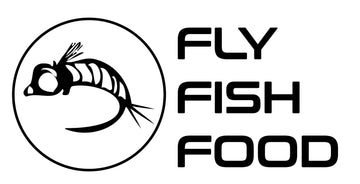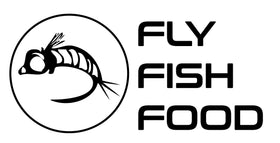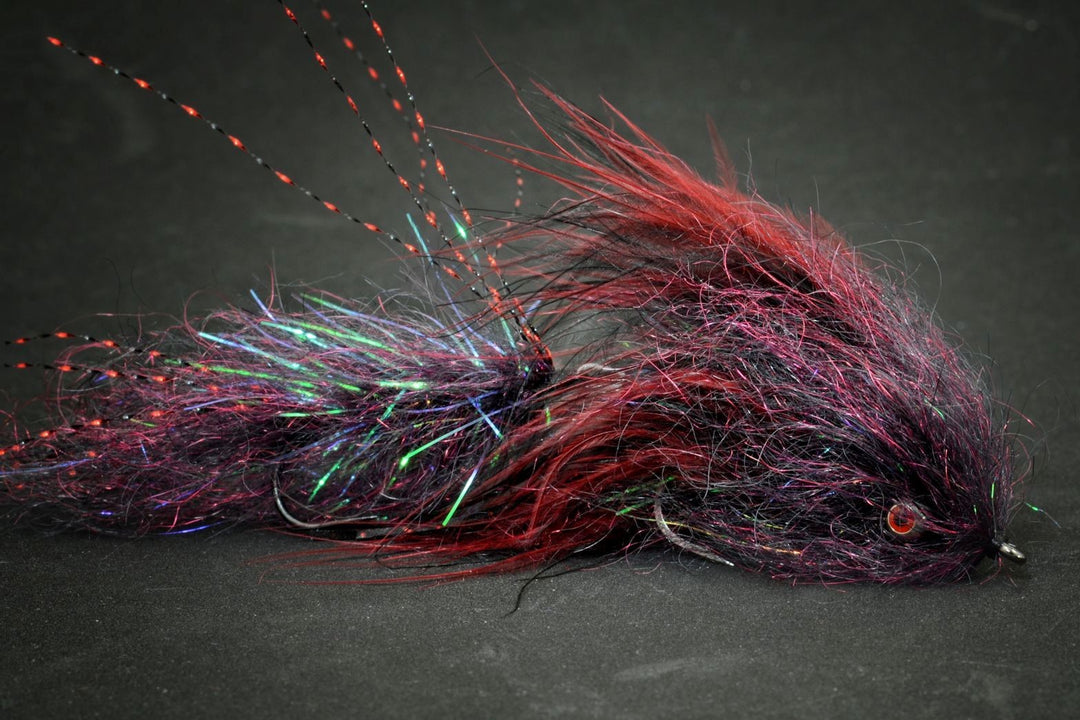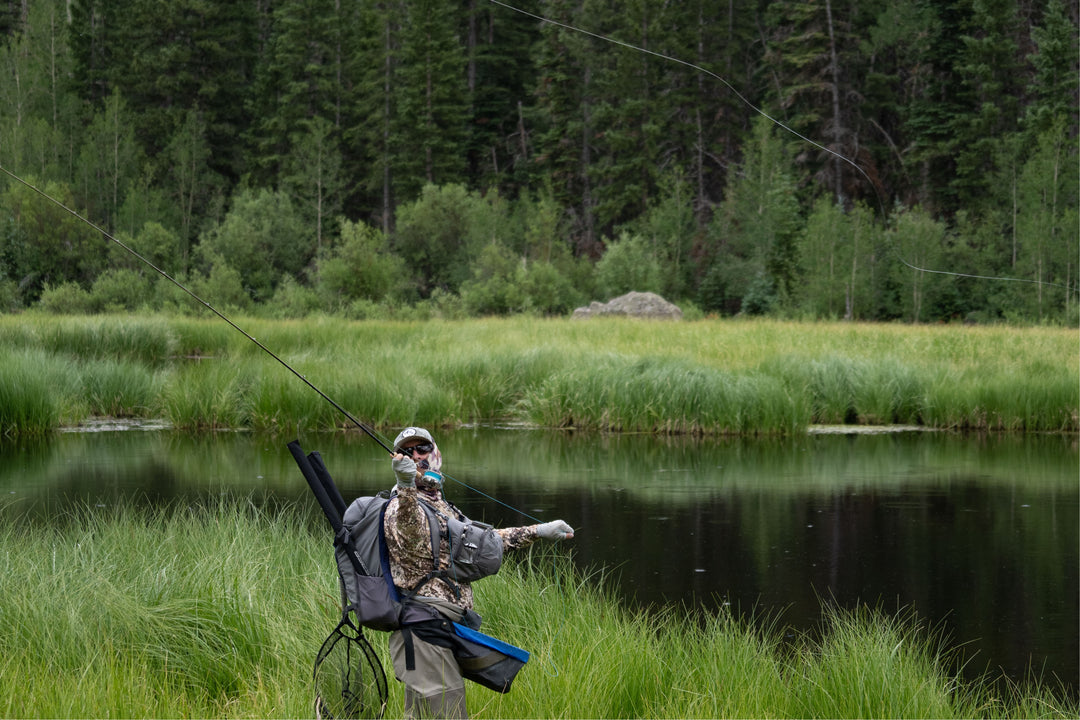Sacramento River Fly Fishing Report - August 8/23/2025
SACRAMENTO RIVER FLY FISHING REPORT
Northern California — focused updates from Shasta to the Delta
Report Date: August 23, 2025 | Next Update: August 30, 2025
Current River Conditions (summary by reach)
Water is in summer pattern: lower, clearer flows on most reaches, warm surface temps in lowland sections, and steady western winds midday. Fish are staging in cooler pockets, seams, and shaded runs — approach slowly and target early morning & evening windows.
Upper Sacramento (Shasta → Dunsmuir)
Flow: Low–moderate (typically 200–1,200 cfs depending on tributary/gauge)
Water clarity: Clear to lightly stained in run-off pockets
Water temp: Cool mornings (mid-50s°F) warming to mid-60s°F afternoons
Notes: Best for dry/dropper and euro nymphing in pockets and tailouts.
Flow: Low–moderate (typically 200–1,200 cfs depending on tributary/gauge)
Water clarity: Clear to lightly stained in run-off pockets
Water temp: Cool mornings (mid-50s°F) warming to mid-60s°F afternoons
Notes: Best for dry/dropper and euro nymphing in pockets and tailouts.
Middle Sacramento (Redding → Red Bluff)
Flow: Moderate (several thousand CFS near Keswick releases; lower in smaller tributary-fed stretches)
Water clarity: Clear in riffles, slightly stained along slow runs
Water temp: Mid-60s–low-70s°F at surface — fish holding deep and in shade
Notes: Boat drift and wading both productive; target seams and foam lines.
Flow: Moderate (several thousand CFS near Keswick releases; lower in smaller tributary-fed stretches)
Water clarity: Clear in riffles, slightly stained along slow runs
Water temp: Mid-60s–low-70s°F at surface — fish holding deep and in shade
Notes: Boat drift and wading both productive; target seams and foam lines.
Lower Sacramento (Colusa → Delta)
Flow: Variable (managed releases + agricultural draws) — expect slower current in backwaters
Water clarity: Clear to stained in tidal-influenced sections
Water temp: Often high (upper 60s–mid 70s°F) — be careful with fish handling and release temperatures
Notes: Focus on early/late hours and deep runs for trout/steelhead; warmer temps favor warm-water species.
Flow: Variable (managed releases + agricultural draws) — expect slower current in backwaters
Water clarity: Clear to stained in tidal-influenced sections
Water temp: Often high (upper 60s–mid 70s°F) — be careful with fish handling and release temperatures
Notes: Focus on early/late hours and deep runs for trout/steelhead; warmer temps favor warm-water species.
Access & Safety
Public access points are open but some launch areas may be muddy — check local reports.
Bring polarized glasses, sun protection, plenty of water. With higher air temps, minimize time out of water when landing trout; carry a net and barbless hooks when possible.
Public access points are open but some launch areas may be muddy — check local reports.
Bring polarized glasses, sun protection, plenty of water. With higher air temps, minimize time out of water when landing trout; carry a net and barbless hooks when possible.
Hatch Chart & Insect Activity (late August)
| Insect | Size | Activity Level | Best Window |
|---|---|---|---|
| Baetis (BWO) / Small mayflies | #16–20 | Light–moderate | Morning & cooler midday pockets |
| PMDs (summer PMD pockets) | #14–18 | Spotty — moderate in protected back eddies | Late morning–midday |
| Caddis (evening skitter) | #12–18 | Moderate (best at dusk) | Evening |
| Stonefly nymphs (Pat's/Rubberlegs food) | #6–12 | Moderate (riffles, early morning) | All day in riffles; mornings best |
| Midges | #18–22 | High in calm pockets | Low light periods, overcast |
| Terrestrials (hoppers, ants) | Imitative sizes | Increasing (hot days) | Afternoon–evening near brushy banks |
Recommended Flies (patterns & direct links)
Below are the top flies I’d pack for an August day on the Sacramento. Links go to tied patterns you can order as a ready-to-fish option.
- Libby's Salmonfly — large stone/salmonfly dry for bright, visible attractors on foam lines (carry sizes #6–8).
- Keslar's Rubberleg Hare's Ear (barbless) — classic stonefly/nymph profile for heavy riffles.
- Tungsten Pat's Rubber Legs — weighted stonefly for indicator or euro rigs in deep seams.
- Pheasant Tail (Tungsten) — the go-to nymph for picky trout; great as a point fly.
- Stealth Link — PMD — dries/emergers for PMD windows and picky surface feeders.
- Parachute — BWO / Blue Wing Olive — small, high-visibility BWO imitation for drifting seams and foam.
- Corn-fed Caddis (CDC) — Olive — excellent skittering caddis for evening takes.
- Coffey's Articulated Sparkle Minnow — Sculpin #4 — deadly for streamer work on deeper runs and undercut banks.
- Sculpzilla — Natural — large sculpin/streamer for pulling fish out of heavy structure.
- Black Zebra Midge — tiny, high-confidence point for indicator rigs in calm pockets.
- Egan's Warrior Perdigon — Rainbow — fast-sinking, imitative nymph for euro/indicator setups in deep runs.
- Split Case — PMD — emerger profile to fish under dry flies or as a dropper.
Tactics & Quick Setup Notes
Indicator / Euro Nymphing
- Upper & middle river: single heavy tungsten nymph (Pat's Rubber Legs / Pheasant Tail) as point with a smaller droppers or a Perdigon if deeper. Keep contact and short leaders; fish the seams and tailouts.
Dry-Dropper
- Use a Parachute BWO or PMD as the dry with a Pheasant Tail or small midge dropper for the morning/midday windows. In low flows, lengthen droppers to 18–30 inches and watch slack carefully.
Streamers
- Early and late: strip a Sculpzilla or articulated sculpin along structure and deep heads. Use a short, aggressive strip pattern to trigger short-range strikes.
When to fish what
- Morning: nymph/indicator in riffles and pockets.
- Midday: work seams with dries where PMDs/BWOs appear; switch to droppers if fish refuse the surface.
- Evening: caddis and terrestrials; slow, skittering retrieves on dries and tight-to-bank streamer work.
- Upper & middle river: single heavy tungsten nymph (Pat's Rubber Legs / Pheasant Tail) as point with a smaller droppers or a Perdigon if deeper. Keep contact and short leaders; fish the seams and tailouts.
Dry-Dropper
- Use a Parachute BWO or PMD as the dry with a Pheasant Tail or small midge dropper for the morning/midday windows. In low flows, lengthen droppers to 18–30 inches and watch slack carefully.
Streamers
- Early and late: strip a Sculpzilla or articulated sculpin along structure and deep heads. Use a short, aggressive strip pattern to trigger short-range strikes.
When to fish what
- Morning: nymph/indicator in riffles and pockets.
- Midday: work seams with dries where PMDs/BWOs appear; switch to droppers if fish refuse the surface.
- Evening: caddis and terrestrials; slow, skittering retrieves on dries and tight-to-bank streamer work.
Regulations, Conservation & Practical Advice
- Check current CA Dept. of Fish & Wildlife regulations for seasonal closures and specific steelhead/salmon rules before heading out.
- Use barbless hooks or pinch barbs—quick release reduces stress, especially in warm water.
- When water temps climb above ~68°F (20°C) consider targeting early morning, deeper runs, or postpone releases with minimal handling; use a landing net and wet hands.
- Use barbless hooks or pinch barbs—quick release reduces stress, especially in warm water.
- When water temps climb above ~68°F (20°C) consider targeting early morning, deeper runs, or postpone releases with minimal handling; use a landing net and wet hands.
Local Notes & Forecast
Short Forecast
Expect warm, dry weather through the weekend with afternoon breeze. Overnight cooling will help morning bite windows.
Expect warm, dry weather through the weekend with afternoon breeze. Overnight cooling will help morning bite windows.
Best Sections Right Now
Upper Sacramento near Dunsmuir for clean riffle trout; Redding → Red Bluff stretches for consistent trout and steelhead staging; lower reaches for big runs in early morning.
Upper Sacramento near Dunsmuir for clean riffle trout; Redding → Red Bluff stretches for consistent trout and steelhead staging; lower reaches for big runs in early morning.
Guide Tip
If drifting, run foam lines and off-bank seams in the mid reaches. For wading, prioritize shady pocket seams and deeper tailouts where fish can escape heat.
If drifting, run foam lines and off-bank seams in the mid reaches. For wading, prioritize shady pocket seams and deeper tailouts where fish can escape heat.




